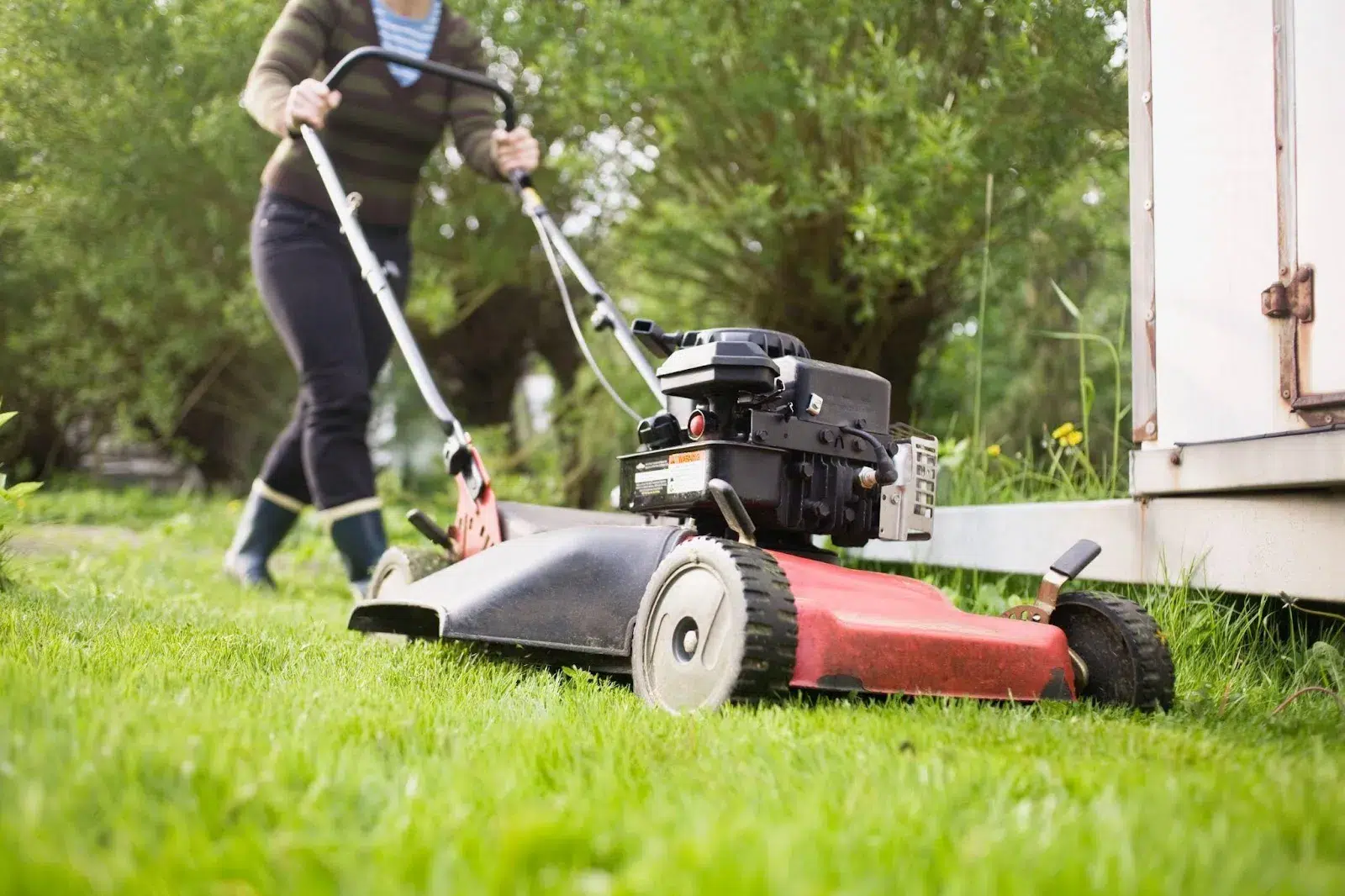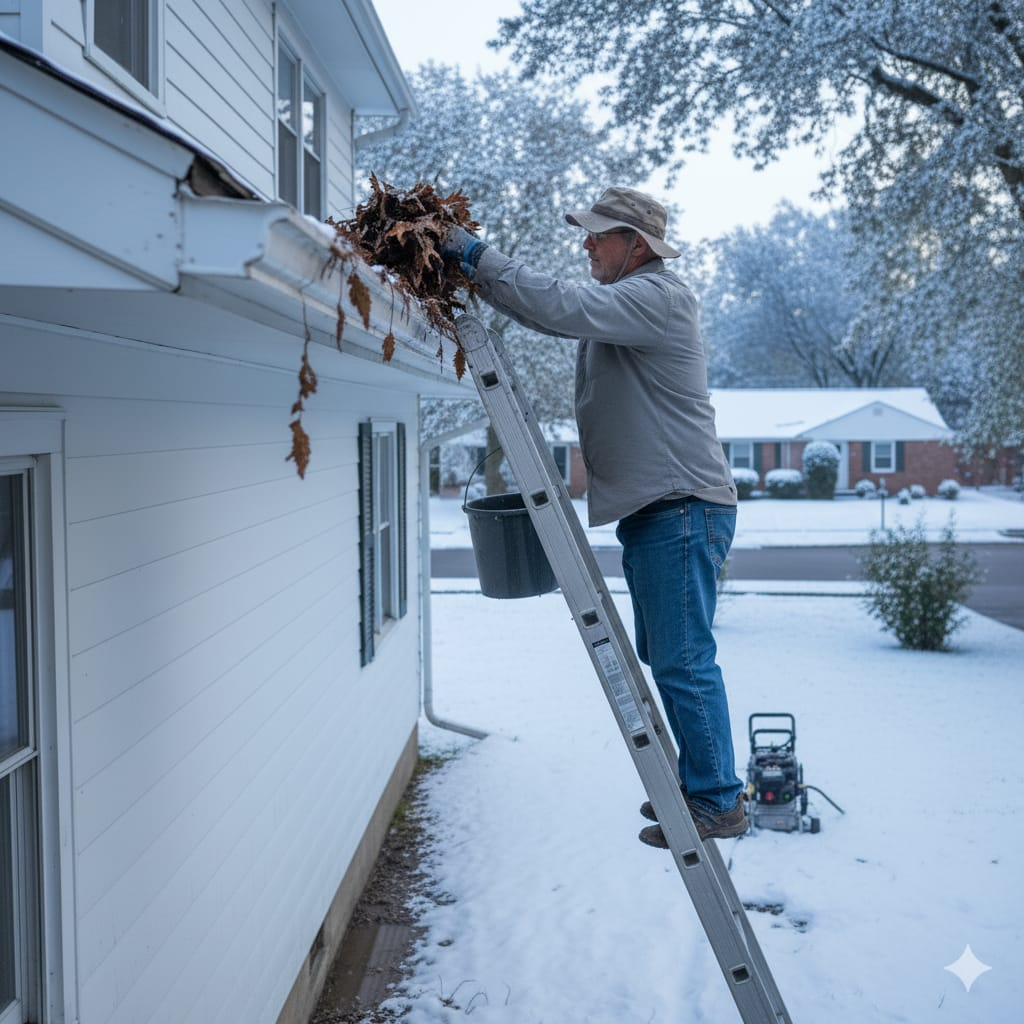As the crisp fall breeze rolls in and the leaves make their final descent, homeowners across Canada face a familiar question: Should I leave my grass a little longer before winter, or trim it short one last time?
It’s a small detail that can have a big impact.
And if you live in Ontario or any cold-weather region of Canada, the answer can affect your lawn’s survival through winter and its revival in spring.
So let’s dive into the truth behind this common lawn care dilemma—using expert practices, local knowledge, and science-backed recommendations you can trust.
Why Fall Grass Length Matters in Canada’s Climate
Fall weather in Canada is unpredictable and harsh on lawns. Sudden temperature dips, early frost, compacted soil, and freeze-thaw cycles can wreak havoc if your grass isn’t properly prepared.
Grass enters a slower growth phase in fall.
Cutting it too short before the season changes can expose the crown—the most vital part of the grass—to windburn, frost damage, and even death.
On the flip side, letting grass grow too long creates an ideal environment for snow mold and matting, which suffocates your lawn under heavy snow.
Finding the right balance is essential. A slightly taller lawn acts like a natural buffer, shielding roots, insulating the soil, and keeping your turf resilient until spring returns.
What’s The Perfect Grass Height For Fall In Ontario?

Lawn care experts and research agree: for cool-season grasses common in Canada (like Kentucky bluegrass, fine fescue, and perennial ryegrass) the ideal mowing height before winter is around 2.5 to 3 inches.
Agriculture and Agri-Food Canada supports this recommendation, stating that maintaining a moderate height helps grass store energy and survive dormancy through prolonged cold.
A similar study by Iowa State University found that taller mowing heights resulted in deeper roots, better drought resistance, and healthier lawns overall.
Cutting your grass too low, also known as “scalping,” exposes the soil, weakens root systems, and makes your lawn vulnerable to winter kill.
In contrast, letting grass grow slightly taller strengthens its crown, allowing it to photosynthesize longer and store vital nutrients before the snow sets in.
Should You Stop Mowing in the Fall? Signs It’s Time to Leave It Longer
Many Ontario homeowners ask, “When should I stop mowing my lawn in fall?”
The truth is—it’s not a date on the calendar but what your lawn is telling you.
Here are some signals to watch for:
- Grass growth slows significantly (you’re mowing less often)
- Daytime temperatures fall below 10°C regularly
- The ground feels cold and damp in the morning
Generally, the final mow in Ontario happens between late October and early November, just before the ground freezes. This final cut should leave your grass at that optimal 2.5–3 inch length—just enough to act as a buffer, not a blanket.
[Read: When To Stop Cutting Grass In Ontario]
The Science Behind Longer Grass in Fall: Benefits You Didn’t Know
Leaving your lawn a little longer in fall is about more than insulation—it’s about building biological strength for the next growing season.
Longer grass blades store more energy through photosynthesis, which is then sent to the roots and crown for winter survival.
A healthy, taller lawn also:
- Reduces soil erosion caused by wind and melting snow
- Improves moisture retention through colder months
- Shields against weeds by blocking light at the soil level
Research from Penn State’s turf extension shows that increased mowing height alone significantly reduces weed pressure, even without herbicides.
Another study in HortTechnology found that maintaining higher mowing heights reduces crabgrass and supports robust turf fitness.
Common Mistakes Homeowners Make With Fall Lawn Care in Canada
Even the most well-meaning homeowners can slip up during fall lawn care. These are some of the most common mistakes to avoid:
- Cutting too short before the first frost — It weakens the turf and increases the risk of crown damage.
- Letting leaves build up — A thick, soggy layer suffocates grass and promotes fungal diseases.
- Skipping fall fertilization — Fall is when your grass needs nutrients the most to store energy.
- Mowing with dull blades — Torn grass blades are more prone to disease.
Slip up now, and you’ll pay later—by having to restore your lawn come spring.
Best Practices for Fall Lawn Maintenance in Ontario (From Local Pros)

If you want a lawn that thrives next year, now’s the time to show it some love.
Here’s Your Go-to Checklist For Fall:
- Raise your mower height gradually — Don’t scalp the lawn all at once.
- Only mow when the grass is dry — Wet blades can lead to tearing and fungal spread.
- Sharpen your mower blades — Clean, crisp cuts reduce plant stress.
- Do a thorough yard cleanup — Remove fallen leaves and debris to avoid mold.
- Apply a slow-release fall fertilizer — Helps strengthen roots and boosts energy reserves.
- Consider aerating and overseeding — Fall is the best time to improve density and repair bare spots.
And if you’re not sure where to start, that’s what we’re here for.
Conclusion: So, Should You Leave Your Grass Longer in Fall?
Yes—absolutely.
Leaving your lawn a bit longer in the fall (but not overgrown) is one of the simplest and smartest steps you can take to protect it through the winter and set the stage for thick, healthy growth in spring.
Aim for that magic 2.5 to 3 inches, and pair it with clean cuts, debris removal, and proper nutrients. It’s a small change with a major return.
Let Custodia Handle Your Fall Lawn Care In Ontario
We specialize in seasonal yard cleanup and expert lawn maintenance tailored for Ontario’s climate.
Backed by industry knowledge, local experience, and science-based best practices, Custodia helps you protect your lawn—and your peace of mind.
Call 1-833-410-4357 or Book Online for a Free Lawn Care Quote.
See our Home Management Plan Pricing for seniors and families across Ontario.





